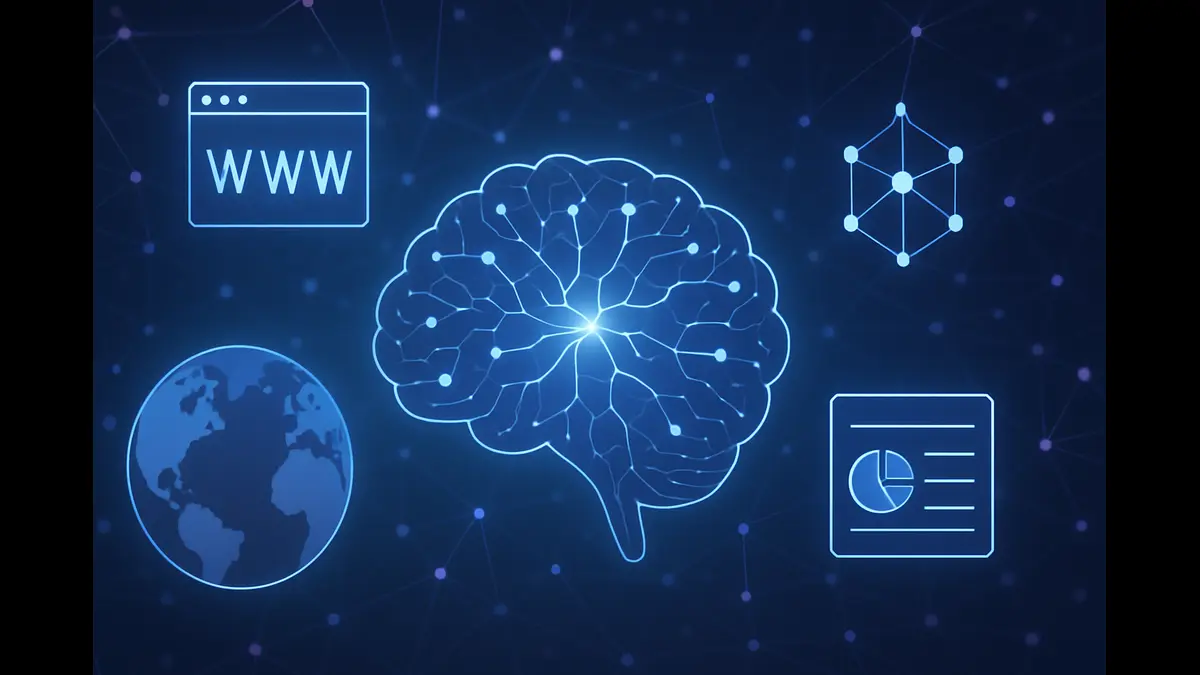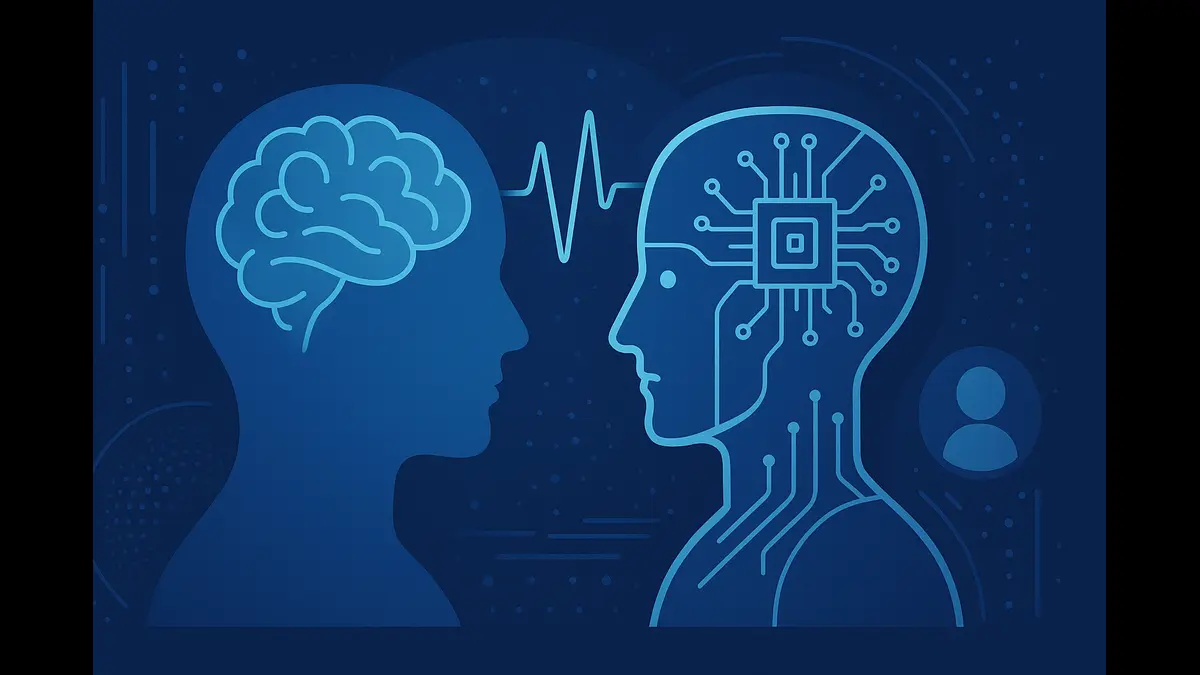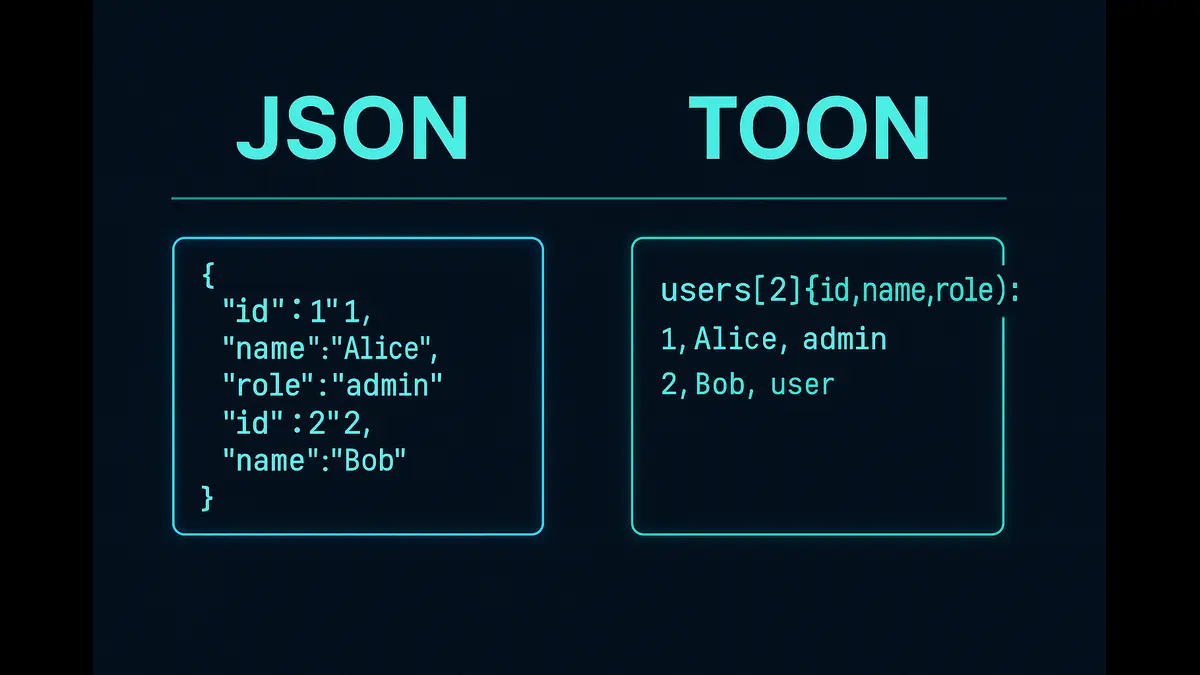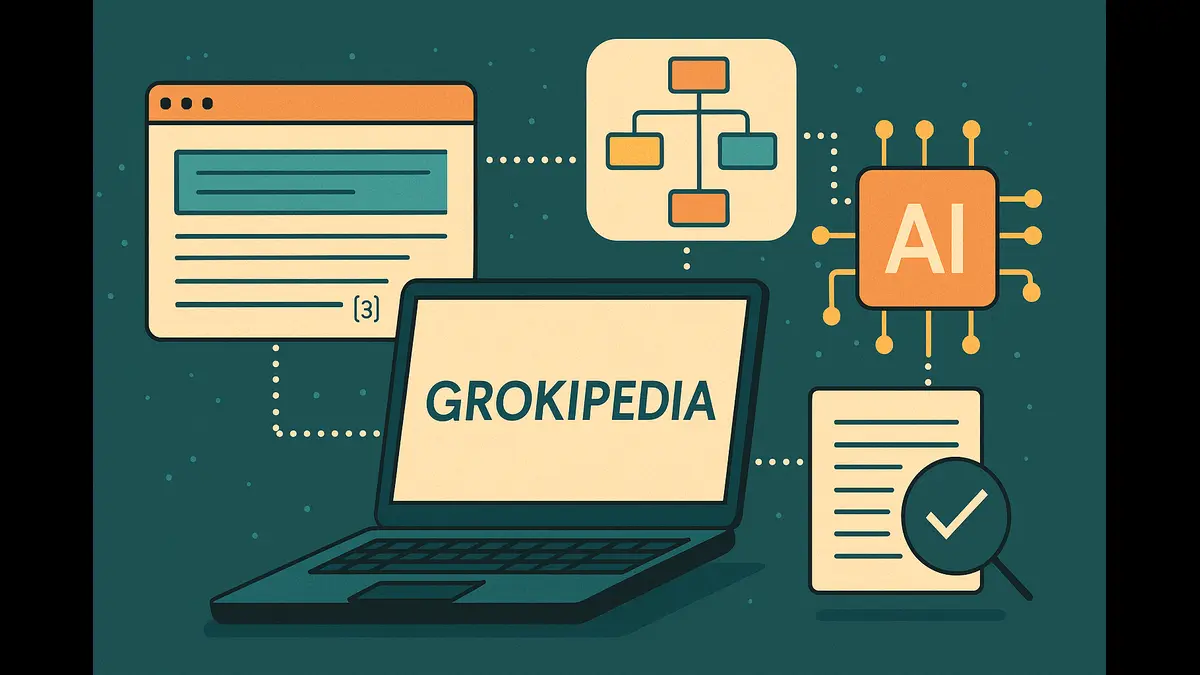
Hyper-personalization is transforming customer experience by leveraging AI, real-time behavioral data, and contextual analytics to deliver uniquely tailored interactions. This article explores the technologies, cross-industry applications, privacy strategies, and future trends that define hyper-personalization in 2025.
In 2025, hyper-personalization represents a paradigm shift in customer experience management, harnessing artificial intelligence (AI), real-time data, and behavioral analytics to deliver highly individualized interactions. Unlike traditional personalization, which relies on static data and broad segments, hyper-personalization dynamically adapts to each customer’s behavior, preferences, and context. This transformative approach is reshaping industries such as retail, automotive, e-commerce, and healthcare, enhancing customer loyalty, operational efficiency, and competitive differentiation. According to Salesforce, 80% of consumers are more likely to engage with brands offering personalized experiences.
Defining Hyper-Personalization
Hyper-personalization is the strategic use of AI, machine learning, behavioral analytics, and contextual data to create individualized customer experiences that are intuitive and seamless. It surpasses traditional personalization by leveraging real-time, multidimensional data to anticipate and address customer needs instantaneously. Key components include:
Real-Time Behavioral Analysis: Monitoring actions such as browsing patterns or cart abandonment to tailor experiences dynamically.
Example: Netflix adjusts its interface in real time, prioritizing content based on a user’s interaction patterns, such as time spent hovering over specific genres.Geolocation and Device Contextualization: Utilizing location and device information to deliver relevant recommendations.
Example: Starbucks sends personalized offers, such as a discount on a preferred beverage, when a customer is near a store, timed to align with their typical purchasing habits.Sentiment Analysis: Interpreting emotional states through text, voice, or facial recognition.
Example: A financial institution’s virtual assistant detects frustration in a customer’s tone during a support call, escalating the issue and offering a tailored resolution.Micro-Moment Integration: Incorporating transient factors such as weather, time, or user context.
Example: Fitbit recommends an indoor workout instead of a run during inclement weather, synchronized with a user’s daily schedule.
This approach fosters a sense of individualized attention, significantly enhancing customer satisfaction and engagement.
Evolution from Traditional to Hyper-Personalization
The transition from traditional personalization to hyper-personalization reflects a broader shift from reactive, segment-based strategies to proactive, context-driven engagement. The following table illustrates the distinctions:
Aspect | Traditional Personalization | Hyper-Personalization |
|---|---|---|
Data Source | Historical, static | Real-time, behavioral |
Methodology | Rule-based, segmented | AI-driven, individualized |
Example | Email addressing user by name | Spotify’s Discover Weekly |
Traditional Personalization: Relies on predefined rules, such as sending an email stating, “Dear Emma, explore our women’s apparel sale,” based on demographic data.
Hyper-Personalization: Employs real-time data and AI to deliver dynamic experiences, such as Spotify generating playlists that reflect a user’s recent listening habits, skips, and inferred mood based on time of day.
This evolution aligns with the shift from Customer Relationship Management (CRM), focused on data storage, to Customer Experience Management (CXM), which emphasizes real-time anticipation of customer needs.
Technologies Enabling Hyper-Personalization
Hyper-personalization is underpinned by a sophisticated ecosystem of AI-driven technologies that process vast datasets to deliver precise, timely experiences:
Generative AI: Produces tailored content, such as personalized marketing messages or chatbot responses.
Example: A travel platform generates a customized email suggesting a weekend itinerary, incorporating a user’s past bookings and preferred tone.Customer Data Platforms (CDPs): Consolidate data from multiple channels (web, mobile, in-store) to create unified, real-time customer profiles.
Example: Target integrates online browsing, in-store purchases, and loyalty data to recommend complementary products during a customer’s next interaction.Natural Language Processing (NLP): Analyzes text or voice inputs to discern sentiment, intent, and context.
Example: A telecommunications provider’s chatbot identifies sarcasm in a customer’s complaint about service speed, responding empathetically with a discount offer.Predictive Analytics: Monitors interactions to forecast future behaviors, such as purchases or attrition.
Example: Adobe Creative Cloud tracks a user’s frequent use of specific tools, predicting their likelihood to upgrade and offering a tailored subscription package.
These technologies create a continuous feedback loop, ensuring that customer experiences remain relevant and impactful. Gartner forecasts that by 2027, 14% of customer service interactions will be handled by contact center AI systems, reflecting the growing reliance on AI for personalized engagement.
Industry Applications
Hyper-personalization is revolutionizing multiple sectors by embedding AI-driven insights into customer touchpoints.
Automotive
Connected Vehicle Experiences: Tesla’s AI interface adapts to driver preferences, adjusting climate settings and media playlists based on driving patterns and external conditions.
Predictive Maintenance: BMW leverages vehicle telemetry to anticipate maintenance needs, offering personalized service packages based on mileage and usage.
Retail
In-Store Digital Integration: Nike employs AI-powered cameras and RFID tags in flagship stores to track shopper behavior, delivering app-based offers for items they linger over, tailored to past purchases.
Dynamic Pricing: Kroger uses AI to adjust discounts on frequently purchased items, optimizing inventory and customer retention.
E-Commerce
Personalized Product Discovery: Etsy’s search algorithm prioritizes items aligned with a user’s browsing patterns, such as artisanal products in specific color palettes.
Targeted Notifications: Bookshop.org sends abandoned cart emails with personalized incentives, timed for when a user is most likely to engage, based on browsing history.
Healthcare
Tailored Wellness Plans: Fitbit analyzes sleep and heart rate data to recommend personalized fitness routines, such as meditation after a disrupted sleep cycle.
Precision Medicine: Cleveland Clinic employs AI to develop individualized treatment plans, integrating real-time patient data with medical histories.

Implementing Hyper-Personalization: A Strategic Approach
Organizations seeking to adopt hyper-personalization in 2025 can follow these steps:
Deploy a Customer Data Platform: Utilize platforms like Salesforce or Segment to integrate data across touchpoints for comprehensive customer profiles.
Incorporate AI Technologies: Implement tools such as Jasper for content generation or Dialogflow for conversational AI to enhance personalization.
Leverage Micro-Moments: Experiment with context-driven triggers, such as location-based promotions delivered in real time.
Ensure Data Privacy Compliance: Adopt zero-party data collection and transparent AI practices to maintain customer trust.
Measure Performance Metrics: Track key indicators, including customer retention rates, conversion improvements, and lifetime value, to quantify impact.
e.g.: A small e-commerce retailer could begin with Shopify’s AI-driven product recommendations, later transitioning to a CDP for omnichannel personalization. McKinsey reports significant improvements in customer satisfaction (up to 25%) and revenue (up to 20%) with AI-driven personalization, underscoring the potential return on investment.
Balancing Privacy and Personalization
The extensive data requirements of hyper-personalization necessitate robust privacy safeguards.
In 2025, leading practices include:
Zero-Party Data Collection: Encouraging customers to share preferences directly, as seen with Glossier’s skin-type quizzes, which offer customized product recommendations in exchange for voluntary data.
Edge AI Processing: Conducting data analysis on-device to minimize cloud-based risks. Example: Apple’s Siri processes personalized reminders locally.
Transparent AI Systems: Providing explanations for recommendations to foster trust. Example: Hulu includes a “Why this recommendation?” link alongside suggested content.
Regulatory frameworks, such as the European Union’s AI Act and India’s Digital Personal Data Protection Bill, mandate transparency and user consent. Consent orchestration platforms, such as those used by Walmart, enable customers to manage data preferences seamlessly. IBM research suggests over 60% of consumers are more likely to trust brands that clearly articulate data usage policies.
Future Trajectory: Toward Proactive Engagement
Hyper-personalization is progressing through three stages:
Reactive: Responding to customer actions, such as DoorDash adjusting restaurant recommendations during an order.
Predictive: Anticipating needs based on patterns, such as Whoop recommending a lighter workout after detecting poor sleep.
Proactive: Initiating actions preemptively, such as Chime offering cashback on coffee purchases before a customer visits a café.
By 2025, Gartner predicts that 80% of customer service organizations will utilize generative AI to enhance customer experience, positioning hyper-personalization as a standard expectation rather than a competitive differentiator.
Addressing Implementation Challenges
Organizations must navigate several challenges to realize hyper-personalization’s potential:
Cost of Adoption: AI platforms and CDPs require significant investment. Solution: Begin with cost-effective tools like HubSpot, scaling as ROI becomes evident.
Data Silos: Fragmented systems impede unified profiles. Solution: Use APIs or middleware to integrate disparate data sources.
Algorithmic Bias: AI may perpetuate biases in data. Solution: Conduct regular audits to ensure fairness and inclusivity.
Strategic Imperative for 2025
Hyper-personalization is a cornerstone of customer experience strategy in 2025, enabling organizations to deliver meaningful, contextually relevant interactions. By leveraging AI, CDPs, and predictive analytics, businesses can foster enduring customer loyalty while maintaining competitive differentiation. However, success hinges on aligning technological capabilities with ethical data practices to build trust.
Organizations that prioritize hyper-personalization will not only enhance customer satisfaction but also set the standard for a future where every interaction is predictive, personalized, and profoundly impactful. To explore further, consider sharing insights or experiences with AI-driven personalization in professional forums or on platforms like LinkedIn.
Frequently Asked Questions
What is hyper-personalization in marketing?
Hyper-personalization employs AI, real-time data, and behavioral analytics to deliver individualized customer experiences, such as Netflix tailoring content recommendations.
How does AI facilitate hyper-personalization in 2025?
AI analyzes live data to predict and address customer needs, as seen in Spotify’s playlist curation or Tesla’s adaptive vehicle settings.
What privacy risks are associated with hyper-personalization?
Extensive data collection may undermine trust, mitigated by zero-party data and edge AI processing.
Which industries benefit most from hyper-personalization?
Retail, automotive, e-commerce, and healthcare, exemplified by Nike’s in-store personalization and Fitbit’s wellness recommendations.
How can small businesses implement hyper-personalization?
Begin with platforms like Shopify for AI-driven recommendations, scaling to CDPs for omnichannel strategies.
What is the return on investment?
Businesses report significant improvements in customer satisfaction (up to 25%) and revenue (up to 20%) with AI-driven personalization
Further Readings
Salesforce: Hyper-Personalization Unlocks Customer Loyalty
https://www.salesforce.com/blog/why-hyper-personalization-is-the-future/IBM: What is Hyper-Personalization?
https://www.ibm.com/topics/hyper-personalizationMcKinsey: The Vision for 2025: Hyperpersonalized Care and ‘Care of One’
https://www.mckinsey.com/business-functions/operations/our-insights/the-vision-for-2025-hyperpersonalized-care-and-care-of-one
Discover more from Poniak Times
Subscribe to get the latest posts sent to your email.






